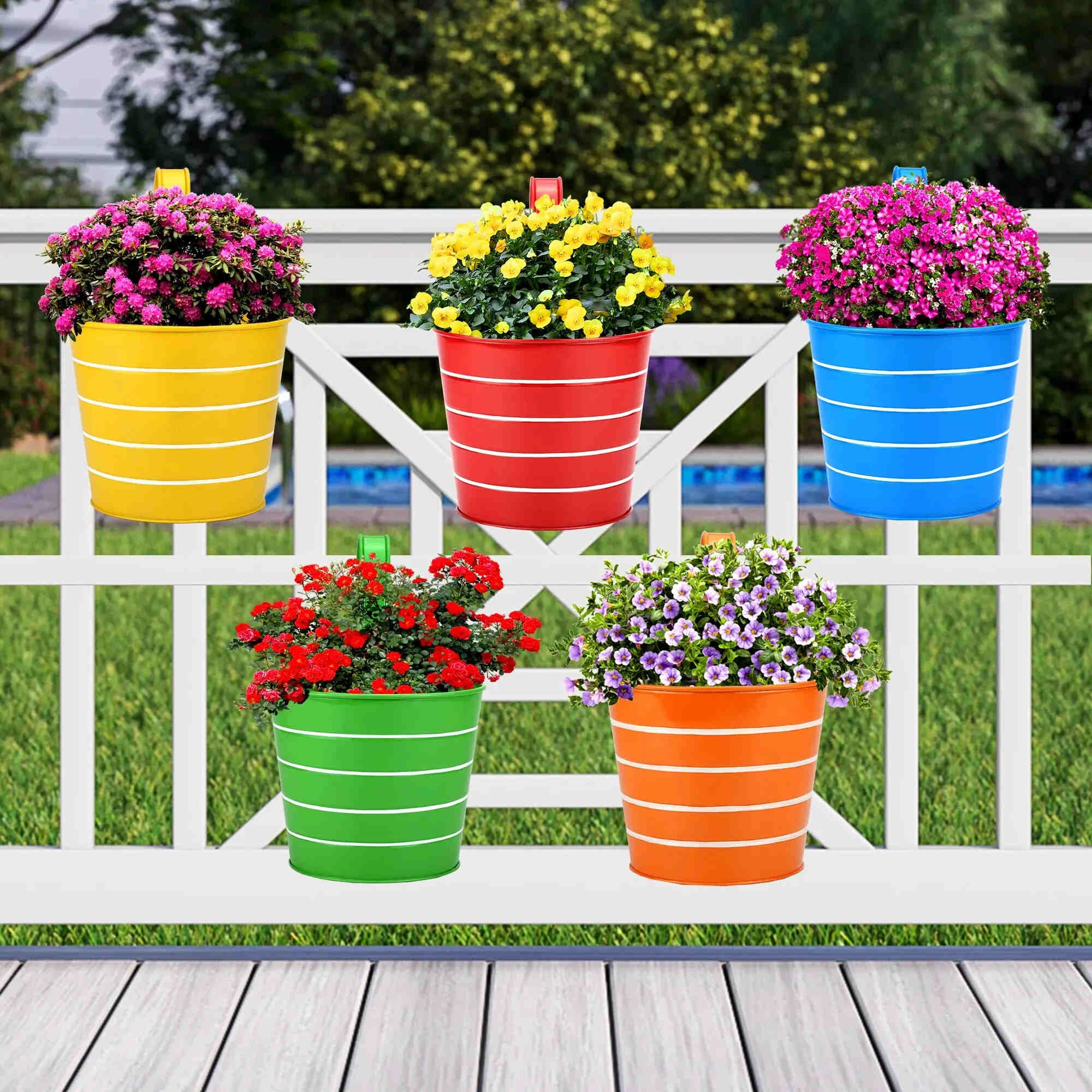

Articles
How To Hang Plants On Balcony Rail
Modified: January 19, 2024
Discover articles on how to hang plants on your balcony rail, including tips and tricks for maximizing space and creating a beautiful green oasis.
(Many of the links in this article redirect to a specific reviewed product. Your purchase of these products through affiliate links helps to generate commission for Storables.com, at no extra cost. Learn more)
Introduction
Having plants on your balcony can transform it into a lush and vibrant space, bringing nature to your doorstep. One of the most popular ways to display plants on a balcony is by hanging them on the railings. This not only adds beauty and aesthetic appeal to your outdoor area but also maximizes the use of space, making it ideal for those living in apartments or homes with limited garden space.
However, before you start hanging plants on your balcony rail, there are a few factors to consider. From selecting the right plants and choosing the appropriate hanging method to preparing the balcony rail and ensuring the planters are securely hung, this guide will take you through everything you need to know for successfully hanging plants on your balcony rail.
So, whether you are a seasoned green thumb or just starting your journey as a plant enthusiast, read on to discover the essential steps and tips for hanging plants on your balcony rail.
Key Takeaways:
- Transform your balcony into a lush oasis by choosing the right plants, selecting the appropriate hanging method, and ensuring proper maintenance for vibrant and thriving hanging plants.
- Create a beautiful and inviting outdoor space by securely hanging plants on your balcony rail, following essential steps for preparation, installation, and ongoing care to maximize the beauty of your green oasis.
Read more: How To Install Balcony Railing
Choosing the Right Plants
When it comes to selecting plants for your balcony rail, it is important to choose varieties that are suitable for the specific environment and conditions your balcony offers. Factors such as sunlight exposure, wind intensity, and space constraints should be taken into consideration.
Firstly, assess the amount of sunlight your balcony receives throughout the day. Is it in direct sunlight, partial shade, or full shade? This will help determine the type of plants that will thrive in your balcony. For sunny balconies, opt for sun-loving plants like petunias, geraniums, or marigolds. If your balcony receives limited sunlight, consider shade-tolerant plants such as ferns, begonias, or impatiens.
Next, consider the wind exposure that your balcony receives. If your balcony is exposed to strong winds, it is crucial to choose plants that can withstand the gusts. Look for plants with sturdy stems and compact growth habits. Some wind-resistant plant options include fuchsias, ornamental grasses, or dwarf shrubs.
Additionally, consider the available space on your balcony rail. Choose plants that will not overwhelm the railing or obstruct the view. Compact or trailing plants like ivy, succulents, or trailing petunias are great choices for smaller balcony spaces. If you have a larger balcony rail, you can opt for taller plants like lavender, salvia, or bamboo.
Lastly, consider the maintenance requirements of the plants you choose. Some plants may require more frequent watering or fertilizing, while others may be more low-maintenance. Take into account your availability and willingness to care for the plants regularly.
By selecting the right plants for your balcony rail, you can ensure that they thrive in their environment and create a beautiful and inviting space.
Selecting the Appropriate Hanging Method
Once you have chosen the perfect plants for your balcony rail, the next step is to select the appropriate hanging method. There are several options available, each with its own advantages and considerations.
One common and easy method is using hanging baskets. These baskets come with built-in hooks or chains that can be easily attached to the balcony rail. They are available in various materials, such as plastic, metal, or woven materials like rattan. When selecting a hanging basket, consider the weight of the plant and choose a sturdy basket that can support its size and growth.
If you prefer a more DIY approach, you can also create your own hanging planters using materials like macrame hangers or repurposed containers. Macrame hangers are made of decorative knotted cords and can add a bohemian touch to your balcony. Repurposed containers such as old buckets, mason jars, or wooden crates can also be transformed into unique hanging planters with the help of hooks or brackets.
Another option to consider is the use of wall-mounted planters. These planters can be attached directly to the walls or vertical surfaces of your balcony, freeing up valuable rail space. Wall-mounted planters are available in various designs, including pocket planters or modular systems, allowing you to create a vertical garden with multiple plants.
When selecting the hanging method, ensure that it is compatible with the size and weight of your chosen plants. Consider the stability of the hanging mechanism and ensure that it can withstand any potential wind or movement on the balcony. Additionally, check the regulations or guidelines provided by your building or homeowner’s association regarding hanging plants on the balcony rail.
By selecting the appropriate hanging method, you can ensure that your plants are securely displayed on your balcony rail, adding charm and beauty to your outdoor space.
Preparing the Balcony Rail
Before you start hanging your plants on the balcony rail, it is essential to properly prepare the rail to ensure stability and safety. These steps will help ensure that your plants are securely held in place and prevent any damage to the railing or balcony structure.
1. Clean the rail: Begin by thoroughly cleaning the balcony rail to remove any dirt, dust, or debris. Use a gentle detergent and water to scrub away any stains or residue. Ensure that the rail is completely dry before proceeding to the next step.
2. Inspect the rail: Take a close look at the balcony rail to check for any signs of damage or weakness. Look for loose screws, rusted areas, or any structural issues. If you notice any problems, address them before hanging the plants. Tighten any loose screws and replace any damaged parts as needed.
3. Protect the rail: To prevent any potential damage to the balcony rail, consider adding a protective layer. You can use adhesive strips or felt pads that are specially designed for this purpose. Apply them to the areas where the hanging mechanisms or planters will come into direct contact with the railing.
4. Measure the rail: Measure the length and width of the balcony rail to determine the appropriate size and quantity of planters you will need. This step will help you ensure that the hanging planters fit comfortably and securely on the rail without obstructing any view or movement.
5. Consider adding a railing support: Depending on the weight or size of the hanging planters, you may want to consider adding additional support to the balcony rail. Railing supports or brackets can help distribute the weight and provide extra stability. Make sure to choose supports that are suitable for the railing material and follow the manufacturer’s instructions for installation.
By properly preparing the balcony rail, you can ensure a solid foundation for hanging your plants and prevent any potential damage or accidents. Take the time to clean, inspect, and protect the rail, and consider additional support if needed. This will provide a secure and stable display for your hanging plants.
Use adjustable railing planters to hang plants on balcony rails. These planters can be easily attached and removed, allowing you to change the arrangement of your plants whenever you want.
Hanging the Planters Securely
Now that you have prepared your balcony rail, it’s time to hang the planters securely. Ensuring proper installation will not only keep your plants safe but also prevent any accidents or damage to your balcony. Follow these steps to hang your planters securely:
1. Choose the right hanging mechanism: Depending on the type of planters you have, select the appropriate hanging mechanism. It could be hooks, chains, or brackets that are designed to hold the weight of the planters. Make sure the chosen mechanism is sturdy and suitable for outdoor use.
2. Determine the hanging height: Decide on the desired height at which you want to hang the planters. Consider the size of the plants and the growth they may experience. Hanging them at a suitable height will ensure adequate sunlight exposure and easy access for maintenance.
3. Install the hooks or brackets: If you are using hooks or brackets, follow the manufacturer’s instructions for installation. Double-check that they are securely fastened to the balcony rail, ensuring they can support the weight of the planters. Use a level to make sure the hooks or brackets are straight.
4. Attach the hanging mechanism: Depending on the design of your planters and the chosen hanging mechanism, attach the hooks, chains, or brackets to the planters. Make sure they are firmly attached, providing a stable base for the plants. Adjust the height of the planters as needed.
5. Hang the planters on the rail: Carefully hang the planters on the installed hooks, chains, or brackets. Take a step back and check if they are level and evenly distributed along the rail. Ensure that there is enough space between the planters to allow for proper growth and avoid overcrowding.
6. Test the stability: Gently shake the planters to test their stability. If they wobble or feel insecure, adjust or tighten the hanging mechanisms as necessary. It is important to ensure that the planters are securely hung to prevent any accidents or damage.
By following these steps, you can confidently hang your planters securely on the balcony rail, providing a safe and stable environment for your plants to flourish.
Maintaining the Hanging Plants
Maintaining your hanging plants is crucial to ensure their health and longevity. Regular care and attention will help them thrive and continue to beautify your balcony. Follow these essential maintenance tips to keep your hanging plants in top condition:
1. Watering: Adequate watering is vital for the health of your plants. Check the moisture level of the soil regularly and water them when needed. Be mindful not to overwater or underwater your plants. Generally, water until it starts to drain from the bottom of the planter, ensuring that the roots have access to water without remaining soggy.
2. Fertilizing: Hanging plants benefit from regular fertilization to provide them with essential nutrients. Use a balanced, water-soluble fertilizer or slow-release granules according to the instructions on the packaging. Apply fertilizer once every 4-6 weeks during the growing season to promote healthy growth and vibrant blooms.
3. Pruning: Trim your hanging plants as needed to maintain their shape and prevent them from becoming leggy or overcrowded. Remove any dead or yellowing leaves to enhance the overall appearance of the plant. Pruning also encourages new growth and helps maintain the plant’s size within the desired limits.
4. Pest control: Keep an eye out for any signs of pests such as aphids, mealybugs, or spider mites. These pests can damage the plants if left untreated. Regularly inspect the leaves and stems of your hanging plants, and if you spot any pests, treat them with an appropriate insecticide or use natural pest control methods like neem oil or insecticidal soaps.
5. Sunlight exposure: Monitor the amount of sunlight your hanging plants receive. Some plants may require more sunlight, while others prefer partial shade. Adjust the positioning of the planters accordingly to provide the ideal light conditions for each plant. If necessary, rotate the planters in different directions to ensure equal sunlight exposure on all sides.
6. Check for drainage: Ensure that the planters have proper drainage to prevent waterlogging. If the planters do not have drainage holes, consider drilling them in or lining the bottom with gravel to facilitate water drainage. This will help prevent root rot and ensure the longevity of your hanging plants.
7. Regular inspection: Take the time to regularly inspect your hanging plants for any signs of disease, nutrient deficiencies, or stress. Look for yellowing leaves, wilting, or discoloration. Early detection allows for prompt treatment and prevents further damage.
By following these maintenance tips, you can enjoy healthy, vibrant hanging plants that will bring beauty and tranquility to your balcony for years to come.
Conclusion
Hanging plants on your balcony rail can transform your outdoor space into a lush and inviting oasis. Not only do they add a touch of beauty and natural charm, but they also maximize the use of space, making them perfect for those with limited garden areas.
When selecting plants for your balcony, consider the specific conditions such as sunlight exposure and wind intensity. Choose plants that are suitable for the environment and that will thrive in these conditions. Remember to also consider the maintenance requirements and the space available on your balcony rail.
Selecting the appropriate hanging method is essential to securely display your plants. Whether you opt for hanging baskets, DIY macrame hangers, or wall-mounted planters, make sure the chosen method can support the weight of the planters and withstand the outdoor elements.
Before hanging the planters, ensure that you have properly prepared the balcony rail. Clean it thoroughly, inspect for any damage, and add a protective layer if needed. Taking these steps will provide a solid foundation for the hanging planters and prevent any potential damage to the rail or balcony structure.
When hanging the planters, choose the right height, install hooks or brackets securely, and test the stability. Ensuring that the planters are securely hung will prevent accidents and damage to both the plants and your balcony.
Maintaining your hanging plants is crucial to their health and longevity. Regular watering, fertilizing, pruning, and monitoring for pests or diseases are essential tasks to keep your plants thriving. Pay attention to the sunlight exposure and drainage requirements of your plants to promote optimal growth.
In conclusion, hanging plants on your balcony rail not only enhances the aesthetic appeal of your outdoor space but also brings nature closer to you. By following the steps and tips outlined in this guide, you can successfully hang and maintain beautiful plants on your balcony rail, creating a green oasis that adds joy and tranquility to your everyday life.
Frequently Asked Questions about How To Hang Plants On Balcony Rail
Was this page helpful?
At Storables.com, we guarantee accurate and reliable information. Our content, validated by Expert Board Contributors, is crafted following stringent Editorial Policies. We're committed to providing you with well-researched, expert-backed insights for all your informational needs.


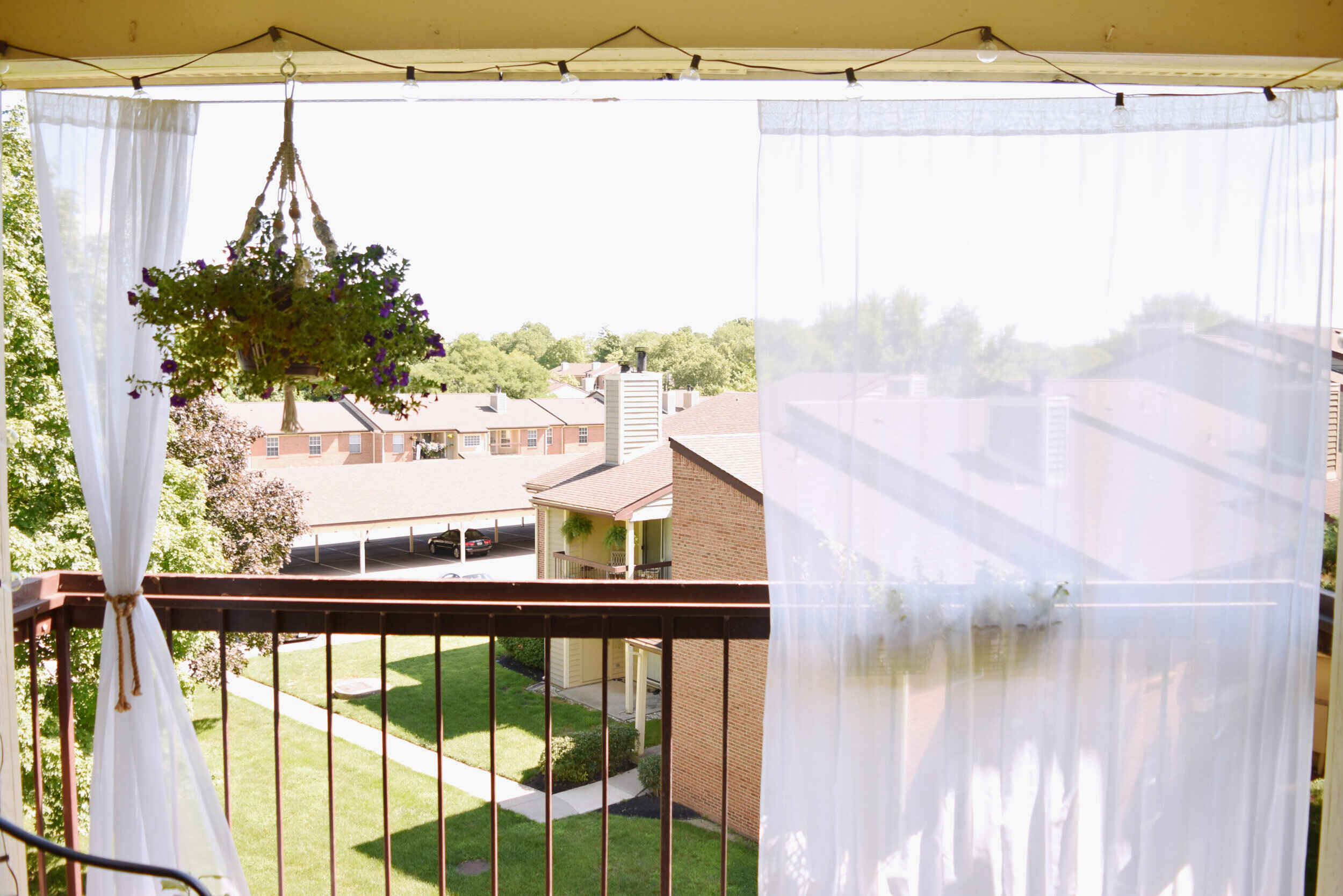

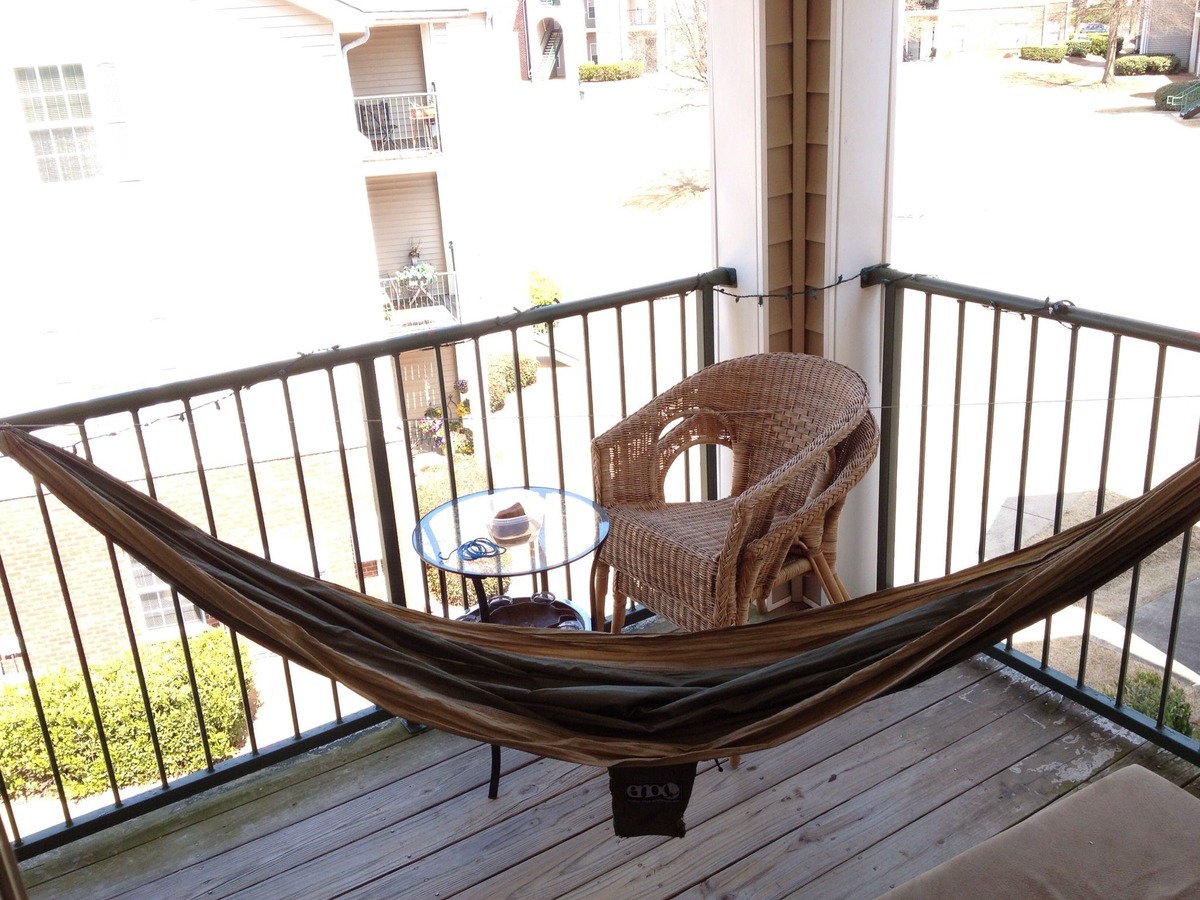
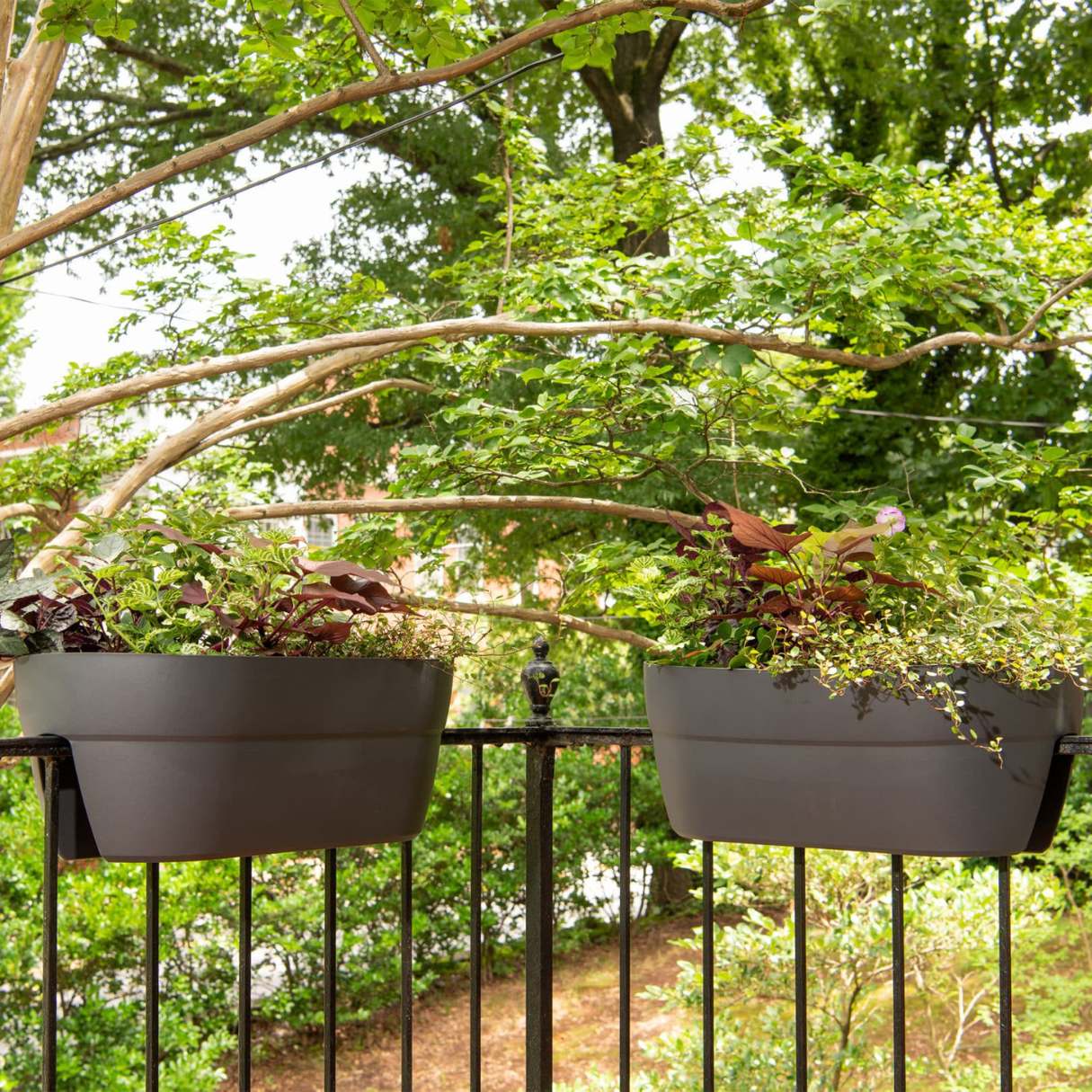
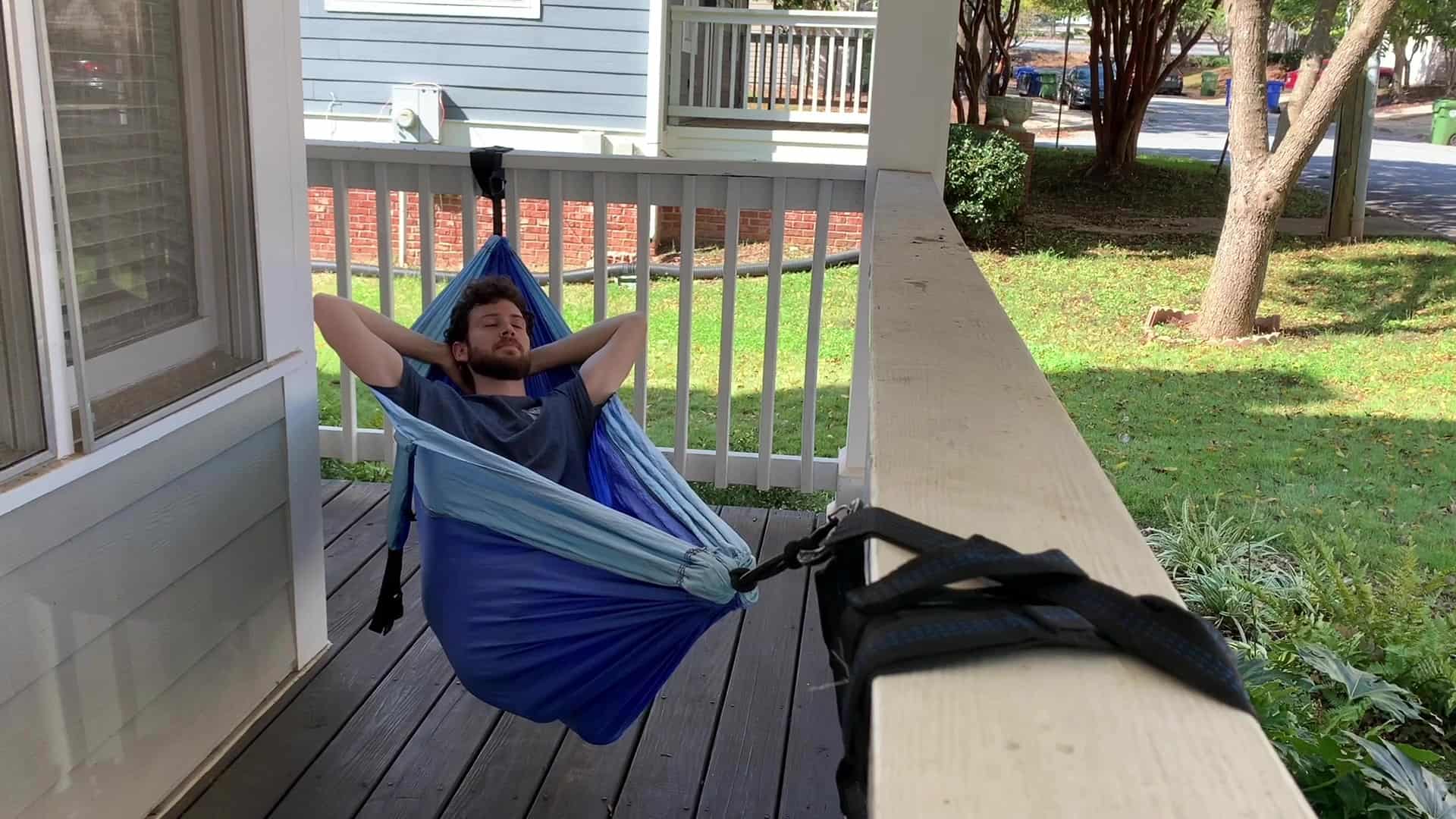
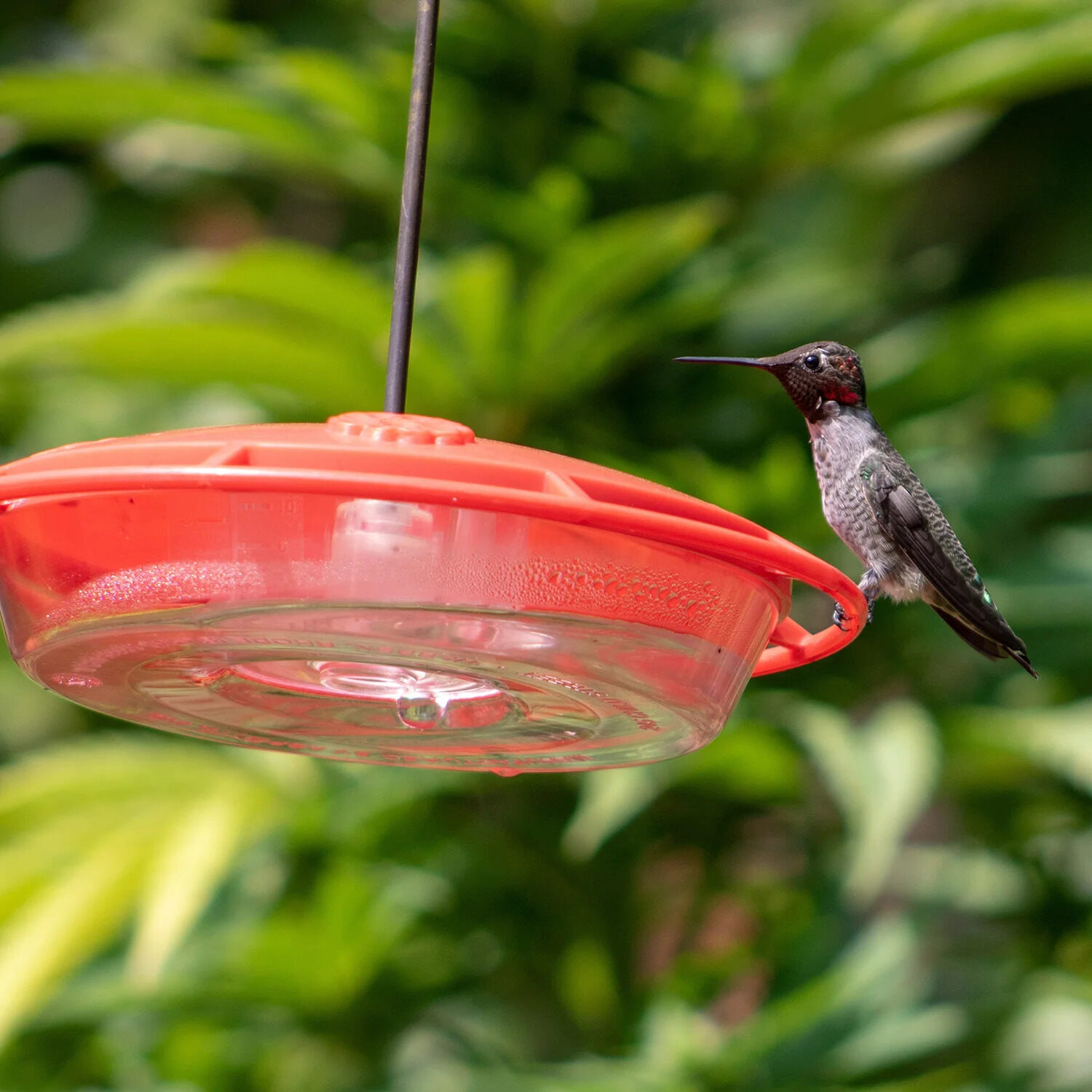
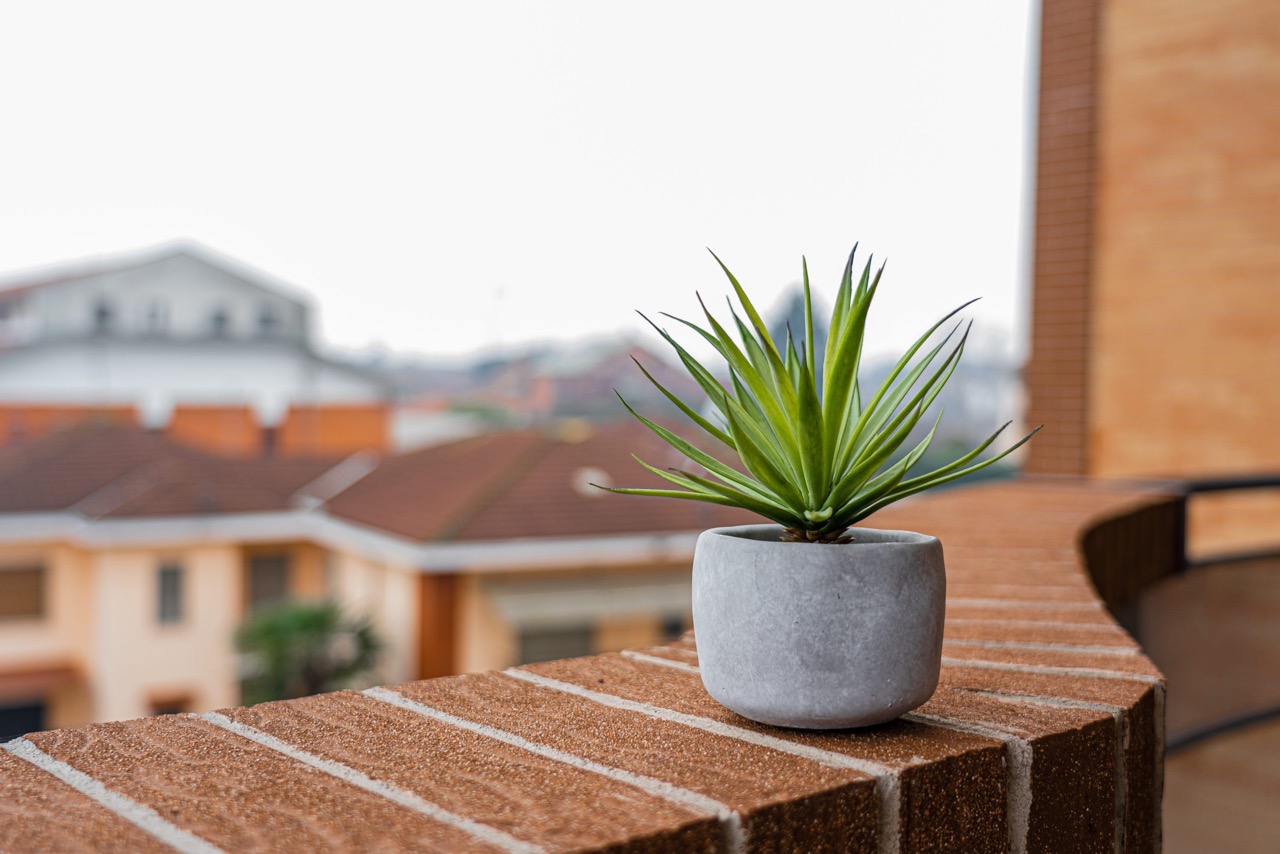
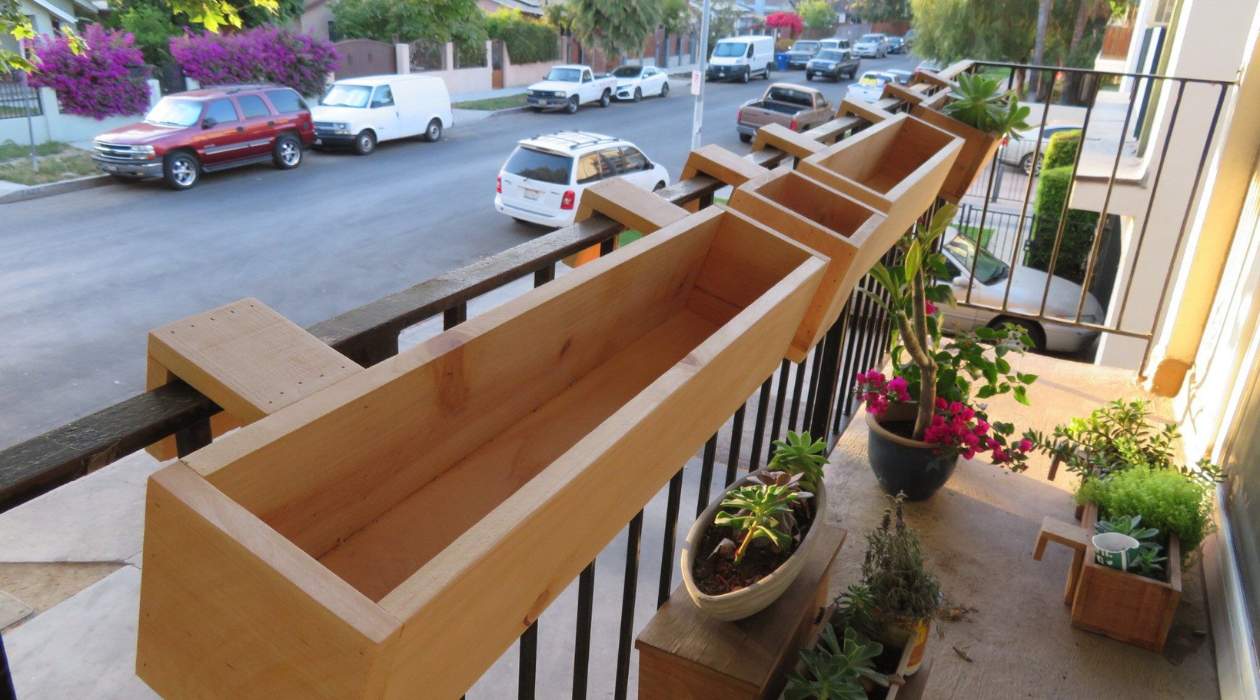
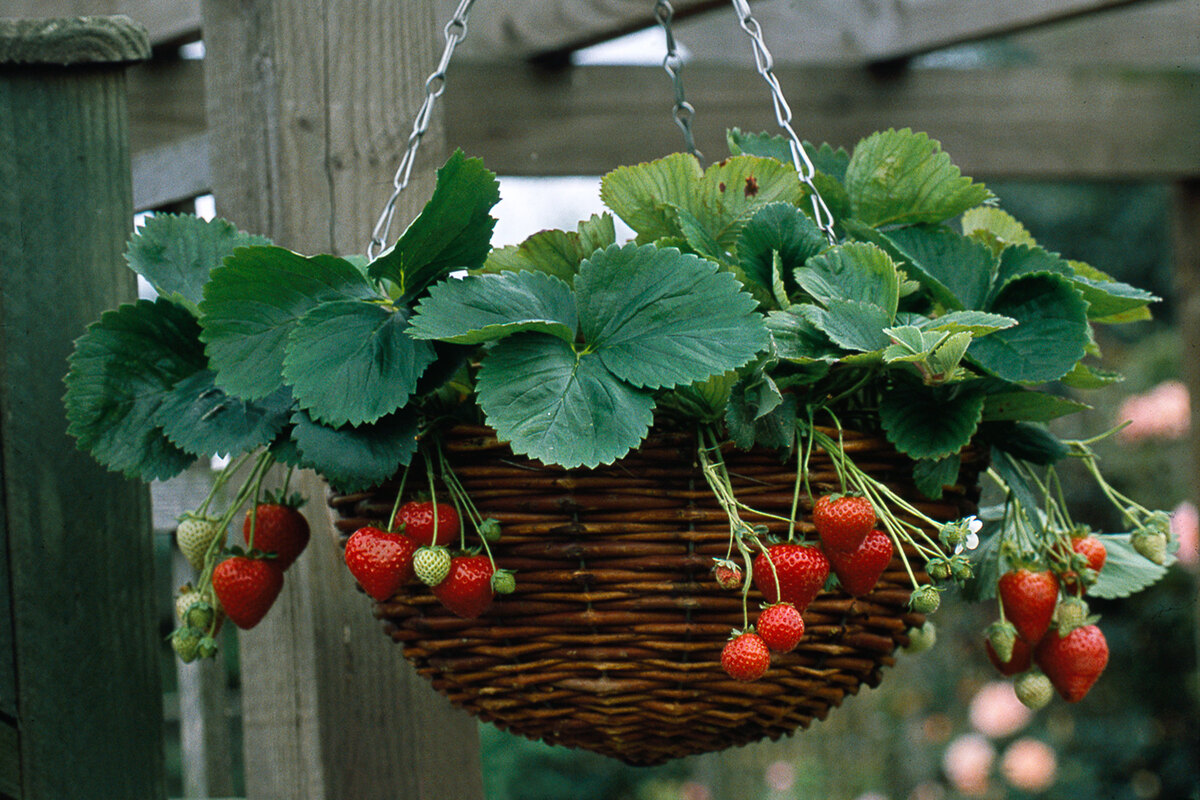
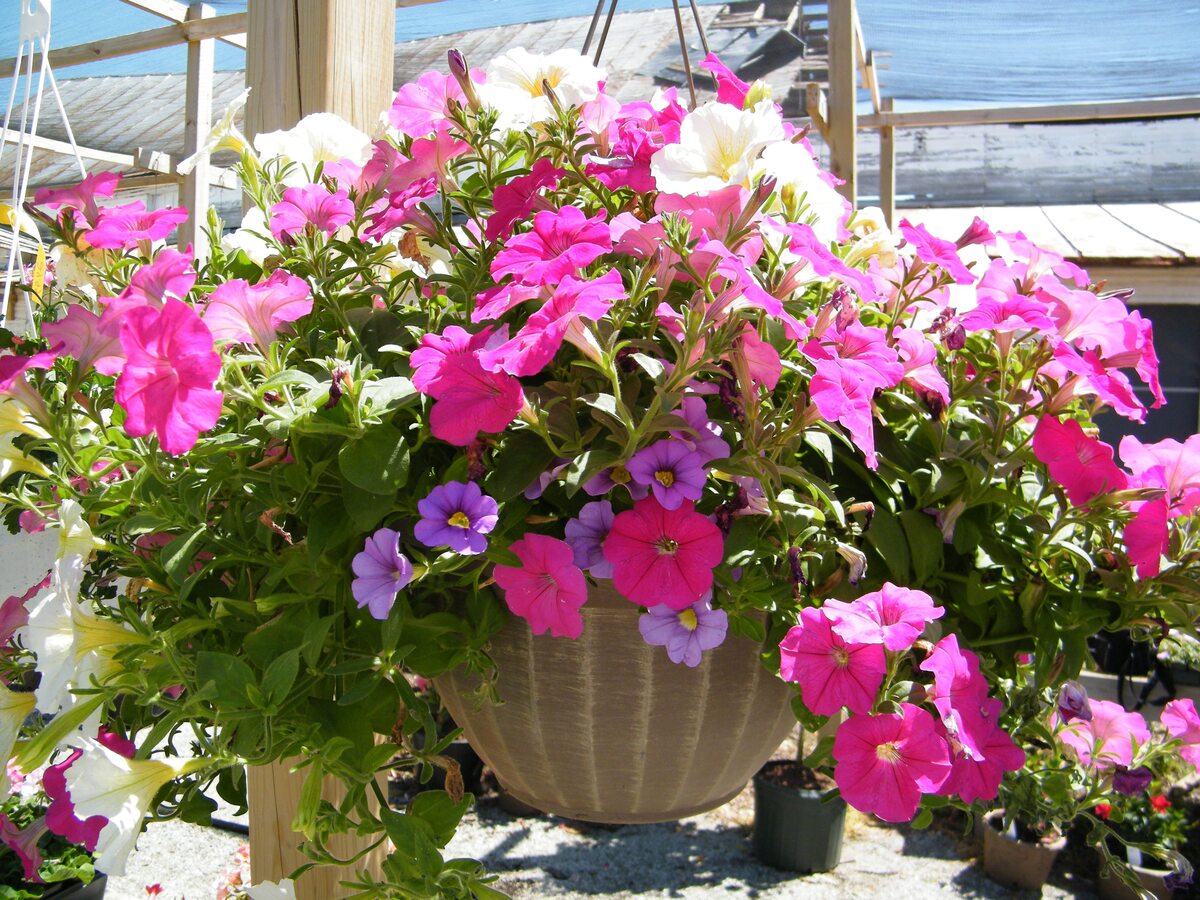
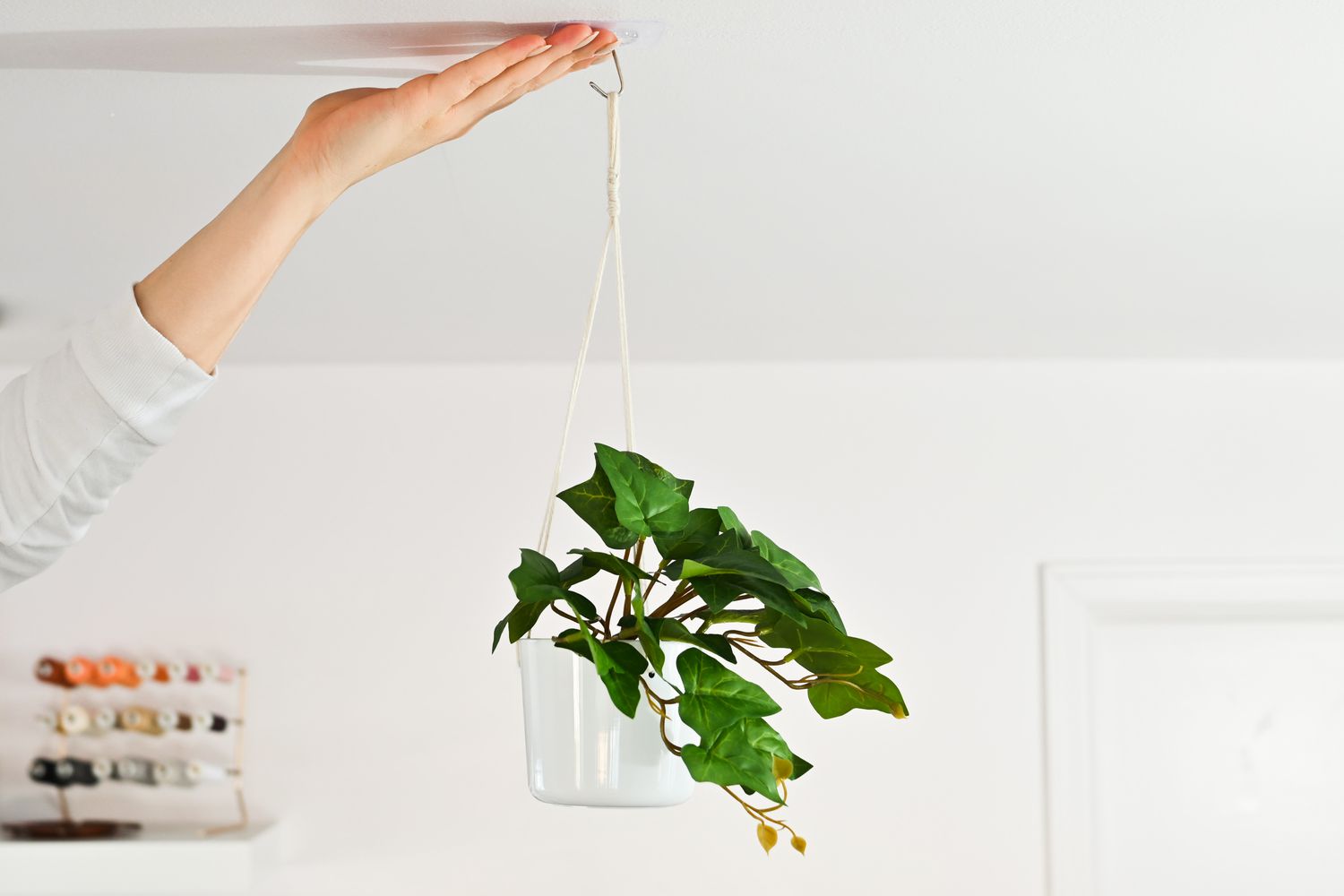
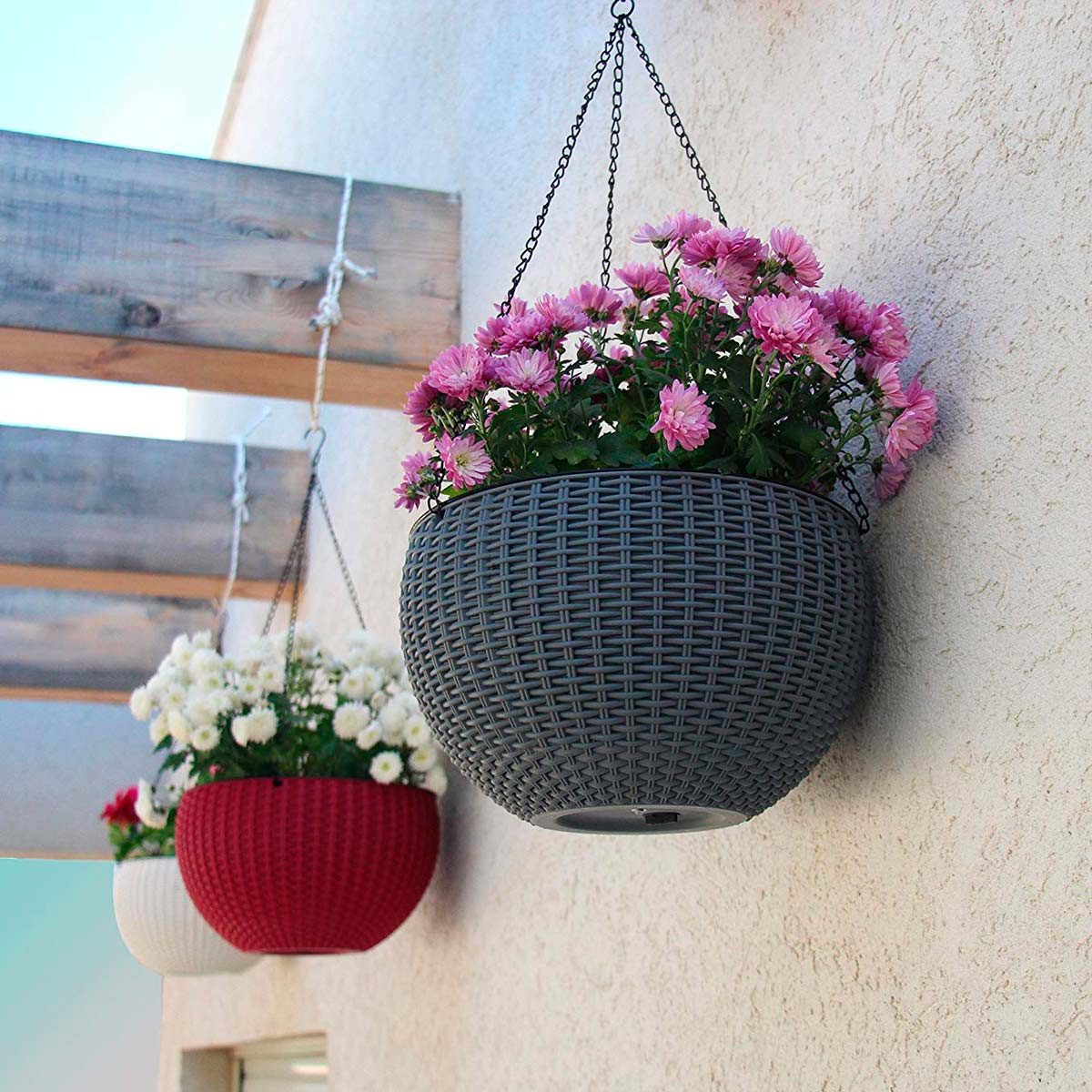

0 thoughts on “How To Hang Plants On Balcony Rail”